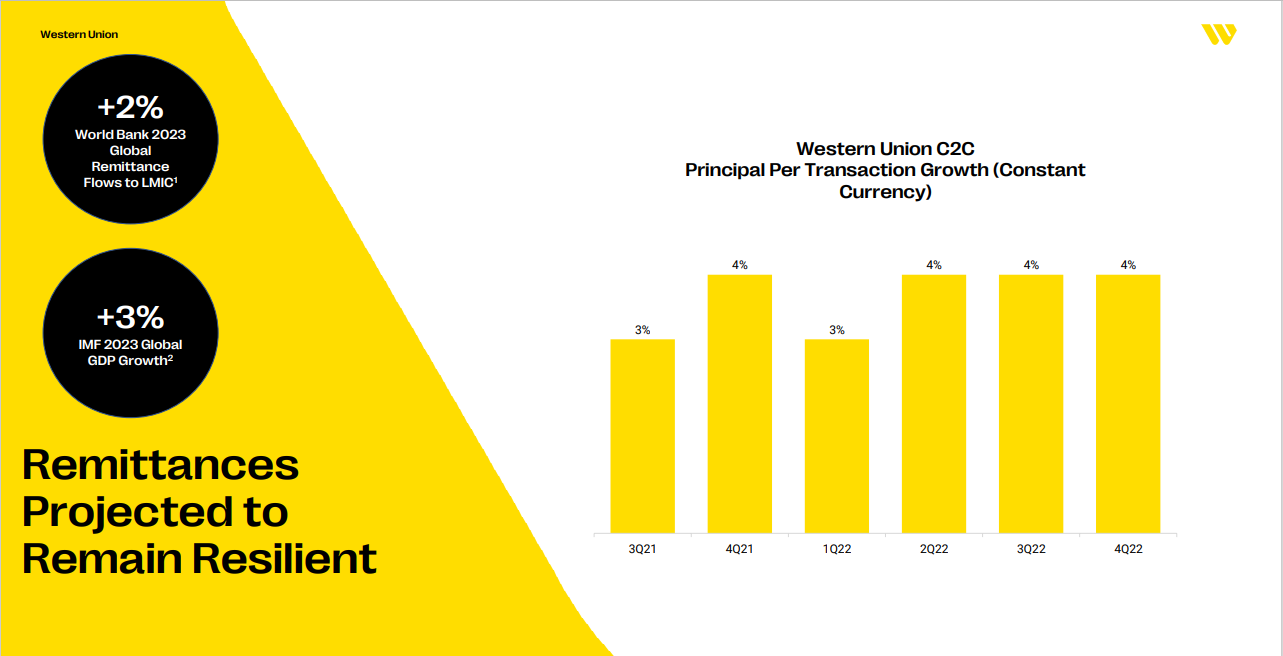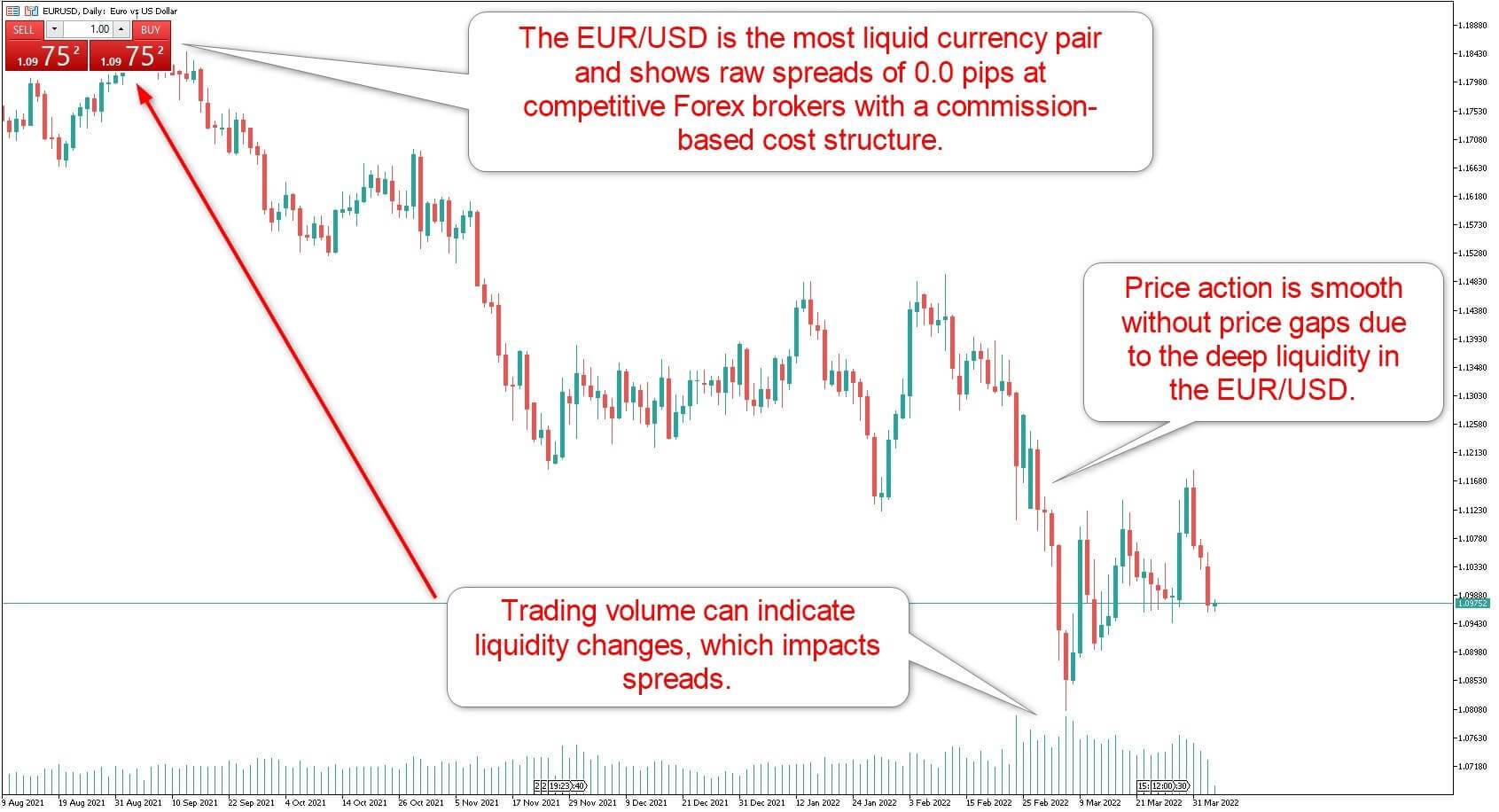
You can purchase stocks that are losing value when the market crashes. Because they are often low-valued, this is a great time for pharma stocks to be purchased. Moderna, for one, has fallen by about half in three months because vaccination rates have slowed. Intuitive Surgical (ISRG) recently announced Street-beating fourth-quarter results, but COVID has taken its toll on robotic surgeries. Despite Intuitive Surgical’s recent decline, there is still a lot of companies you should consider. Warren Buffett once stated that "be afraid when others get greedy." Focusing on these companies will help you make the most of your situation.
Long-term, profitable stocks
Stock traders have a few strategies that can help them profit from market crashes. The stock market has always been volatile. It is a great time to invest in stocks when the stock market crashes. If you have the patience and the will to wait for a recovery you can buy more stocks while avoiding the inevitable losses. But before you buy your next stock, there are a few things you need to be aware of.
You can buy consumer cyclicals, which are companies that make consumer goods, and invest in them for the long-term. This is a great way to purchase stocks at low prices. These stocks are safe investments and are often more lucrative than the overall market. These stocks are a great choice because they pay a regular dividend and rarely experience a market collapse. These stocks often offer high dividend yields, which can offset drops in share prices.

Diversification
There are two options for investing in the stock market. You can either avoid major declines or purchase high-conviction assets. You may choose to invest in high-tech stocks when the market is doing well and avoid boring sectors. Bonds may be a better option if you see the market in decline. This will ensure that you don't miss out on major recovery.
A currency investment is another way to diversify. While cash is a great safe haven, it doesn't provide the kind of return that you need. Correlation between currency pairs is low, for instance. They are less volatile than stocks and won't lose their value simultaneously. Although diversification is important, this doesn't mean you can avoid all risks.
Tax-loss harvesting
For investors with diversified portfolios, tax-loss Harvesting may be a good option to help them reposition their portfolios as well as reduce the overall tax burden. Many robo-advisors offer tax-loss harvesting options to their clients. The key is evaluating the situation and determining whether tax-loss harvesting makes sense. Although tax-loss harvesting is not recommended on the biggest losses, it can be beneficial for holdings that no longer fit your investment strategy. In other words, if your holdings aren't performing well, you can replace them with something else.
Another strategy is to profit from taxable losses by selling your portfolio. This strategy is not the most tax-efficient, but it can offer diversification benefits. Devon has a concentrated holding in stock A. He plans to sell his fund B and reinvest the money to fund C. The new fund will have lower costs and better diversification. Think about how much tax loss harvesting could help you save when you decide which stocks to sell in market crashes.

Buy on a dip
It's similar to buying stocks in a market downturn when stocks are on the decline. You must be willing to invest cash in order to buy a falling investment to be successful. You should have an emergency fund, a retirement plan, and cash available for everyday expenses. You also need to have some individual stocks that you would like to own. Keep a list of all the stocks you would like to own, even if you don't have the money to buy them all.
You may have heard that buying stocks on a dip is counter-intuitive to investing strategies such as dollar-cost averaging and price targets. If you are financially stable, buying shares at a low price might be a good idea. To buy shares on a dip it can take some self-control, mental calm and some patience. Once you get started, however, you will be glad you did.
FAQ
What is security in a stock?
Security is an investment instrument, whose value is dependent upon another company. It may be issued by a corporation (e.g., shares), government (e.g., bonds), or other entity (e.g., preferred stocks). The issuer can promise to pay dividends or repay creditors any debts owed, and to return capital to investors in the event that the underlying assets lose value.
What is a mutual-fund?
Mutual funds consist of pools of money investing in securities. They provide diversification so that all types of investments are represented in the pool. This helps to reduce risk.
Managers who oversee mutual funds' investment decisions are professionals. Some funds offer investors the ability to manage their own portfolios.
Mutual funds are preferable to individual stocks for their simplicity and lower risk.
How are securities traded
The stock market is an exchange where investors buy shares of companies for money. Companies issue shares to raise capital by selling them to investors. These shares are then sold to investors to make a profit on the company's assets.
Supply and demand are the main factors that determine the price of stocks on an open market. The price rises if there is less demand than buyers. If there are more buyers than seller, the prices fall.
There are two methods to trade stocks.
-
Directly from company
-
Through a broker
What are the advantages of owning stocks
Stocks are more volatile that bonds. The stock market will suffer if a company goes bust.
However, share prices will rise if a company is growing.
In order to raise capital, companies usually issue new shares. This allows investors to buy more shares in the company.
To borrow money, companies can use debt finance. This gives them cheap credit and allows them grow faster.
When a company has a good product, then people tend to buy it. The stock price rises as the demand for it increases.
The stock price will continue to rise as long that the company continues to make products that people like.
Statistics
- "If all of your money's in one stock, you could potentially lose 50% of it overnight," Moore says. (nerdwallet.com)
- The S&P 500 has grown about 10.5% per year since its establishment in the 1920s. (investopedia.com)
- US resident who opens a new IBKR Pro individual or joint account receives a 0.25% rate reduction on margin loans. (nerdwallet.com)
- For instance, an individual or entity that owns 100,000 shares of a company with one million outstanding shares would have a 10% ownership stake. (investopedia.com)
External Links
How To
How to Trade in Stock Market
Stock trading is a process of buying and selling stocks, bonds, commodities, currencies, derivatives, etc. Trading is a French word that means "buys and sells". Traders sell and buy securities to make profit. It is one of the oldest forms of financial investment.
There are many ways you can invest in the stock exchange. There are three main types of investing: active, passive, and hybrid. Passive investors watch their investments grow, while actively traded investors look for winning companies to make a profit. Hybrid investors take a mix of both these approaches.
Index funds track broad indices, such as S&P 500 or Dow Jones Industrial Average. Passive investment is achieved through index funds. This strategy is extremely popular since it allows you to reap all the benefits of diversification while not having to take on the risk. Just sit back and allow your investments to work for you.
Active investing means picking specific companies and analysing their performance. Active investors will look at things such as earnings growth, return on equity, debt ratios, P/E ratio, cash flow, book value, dividend payout, management team, share price history, etc. They then decide whether they will buy shares or not. If they feel the company is undervalued they will purchase shares in the hope that the price rises. However, if they feel that the company is too valuable, they will wait for it to drop before they buy stock.
Hybrid investing is a combination of passive and active investing. One example is that you may want to select a fund which tracks many stocks, but you also want the option to choose from several companies. In this case, you would put part of your portfolio into a passively managed fund and another part into a collection of actively managed funds.